Analysis
Top Galleries Have Never Been Bigger or More Influential. But What Will Happen When Their Founders Are Gone?
A generation of top dealers has reached or surpassed retirement age. Can their galleries survive without them?
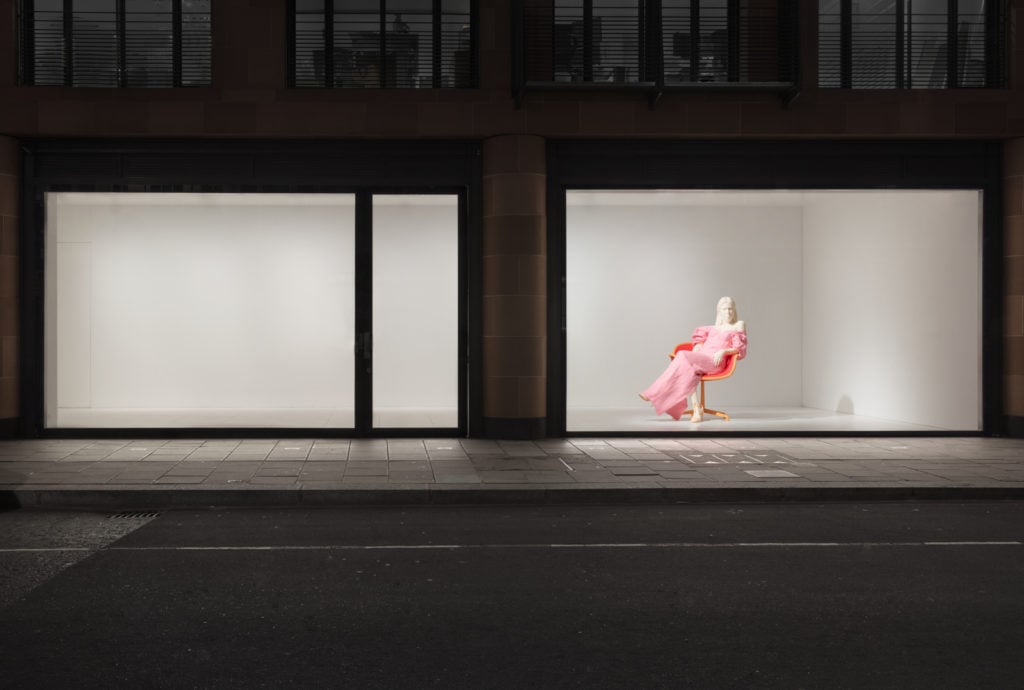
A generation of top dealers has reached or surpassed retirement age. Can their galleries survive without them?

Fifty years ago, a small ad in the New York Times announced that 14 galleries would close for a day to support a massive demonstration against the Vietnam War. The list reads like a who’s who of the ‘60s New York art scene: Paula Cooper, Richard Feigen, Bykert, OK Harris, Sidney Janis, Kornblee, Pace, Lawrence Rubin. Today, however, just four of those 14 galleries are still trading (Cooper, Feigen, Pace and Castelli, the latter under the leadership of the late dealer’s widow). Many of the others fell victim to that curse of the creative business: the near-impossibility of survival after the founder steps down.

Vietnam Moratorium gallery closing, announcement in The New York Times, October 11, 1969. Courtesy Paula Cooper Gallery, New York.
Half a century later, this subject is rising up the art-world agenda as some of the leading gallerists reach, or indeed surpass, retirement age. And unlike their predecessors, many of today’s most famous dealers have become big businesses. Four of the largest—Gagosian, Hauser & Wirth, Pace, and David Zwirner—account for around 800 staff, 41 spaces, and more than 300 artists and estates among them.
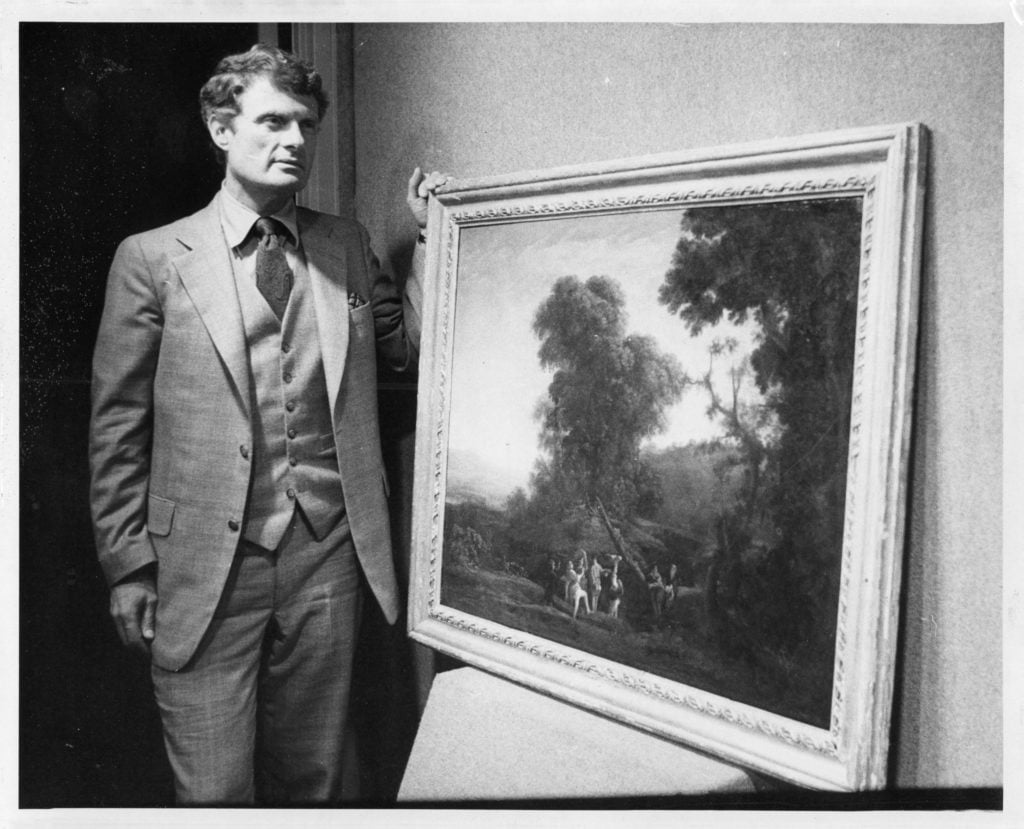
Richard L. Feigen July 19, 1979. (Photo by William N. Jacobellis/New York Post Archives /(c) NYP Holdings, Inc./ Getty Images.
That raises the stakes for their founders, who carry with them critical relationships and institutional memory. Larry Gagosian is 73, Marian Goodman is 90, Barbara Gladstone, 83, and Nicholas Logsdail of Lisson, 73. Meanwhile, Paula Cooper and Arne Glimcher of Pace, who operate two of the longest-running contemporary art galleries, are both 80, while Feigen has recently announced at 88 that he plans to retire. It is difficult to imagine an art world without these powerful figures.
The phrase “succession planning” is far from sexy. But it is becoming a pressing topic in many creative fields, not just art.
In the fashion world, there is ongoing speculation about the long-term future of brands such as Dolce & Gabbana (the founders are 60 and 56) and Giorgio Armani (84). Meanwhile, global luxury conglomerate Kering announced plans in its September 2018 shareholder presentation to invest and expand the Alexander McQueen brand nearly a decade after the designer’s death.
Meanwhile, architect Norman Foster (83) announced a long-term transition plan to his younger partners for his firm, Foster + Partners, in 2007, assigning them his personal trademark. And Richard Rogers (85) restructured his practice into Rogers Stirk Harbour + Partners the same year: the firm will drop his name from the partnership two years after he retires.
But among architects, these are exceptions: the Royal Institute of British Architects says that help with succession plans is a regular plea from its members. (A leading architecture critic who asked not to be named described most architects as being “rubbish” at it.)
So what do the businesses that survive have in common? And why is longevity so hard?
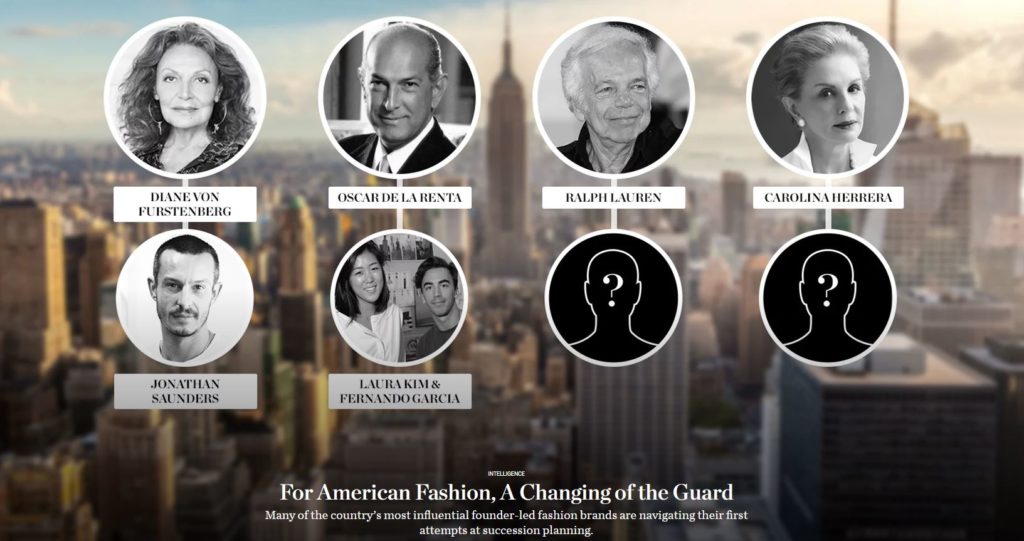
Screenshot from Business of Fashion.
“Succession planning is extremely difficult for creative businesses,” says Adrian Ellis, director of AEA consulting, which advises arts organizations on strategic planning. “It doesn’t matter if it’s an architecture practice or a not-for-profit theater or dance company. The business is driven by the founder’s creative, even crazy ideas, their personal charisma, and their ability to ‘make rain.’ All of that makes the business difficult to transfer.”
There are, of course, exceptions—in fashion (which can monetize couture by mass-market spin-offs) the likes of Chanel and Yves Saint-Laurent; in photography, the agency Magnum; in design and branding, Pentagram and Wolff Olins; in architecture, Skidmore, Owings & Merrill. Among galleries there are London’s Colnaghi (founded 1788), Agnews (1817) and Marlborough (1946); in New York, Acquavella Galleries (1920s) and, until its disastrous implosion in 2011, Knoedler (1846).
But overall, the unique combination of skills needed to launch a creative business in an ultra-competitive market—dedication, drive, charisma—also make it harder for that business to survive long-term. A common affliction is known as “founder syndrome,” meaning that the founder has become so attached to the business that he or she is unable to let go or plan for a future in which they may not be in charge.
Many of the current generation of contemporary art galleries say that they are planning succession, including Hauser & Wirth, Lehmann Maupin, Almine Rech Gallery, Lisson Gallery, and Paula Cooper Gallery. Gagosian Gallery, Marian Goodman, David Zwirner, and Barbara Gladstone declined to comment for this article, but in September, Goodman told W magazine that “I’ve told my son and daughter that I’d love to see the gallery continue. But I have no control over what happens.”
Meanwhile, Larry Gagosian told an audience at a public interview last February that he was working on the future of his business, should he ever retire. “I don’t have children and that’s usually how these legacies are established,” he told collector Glenn Fuhrman. “But this is something that is really important to me.” In May, the dealer and artnet News columnist Kenny Schachter speculated that Gagosian might be lining up collector and neurosurgeon Frank Moore to take on the role. The gallery confirmed in September that Moore had joined the staff, but did not respond to a request for further comment from artnet News.
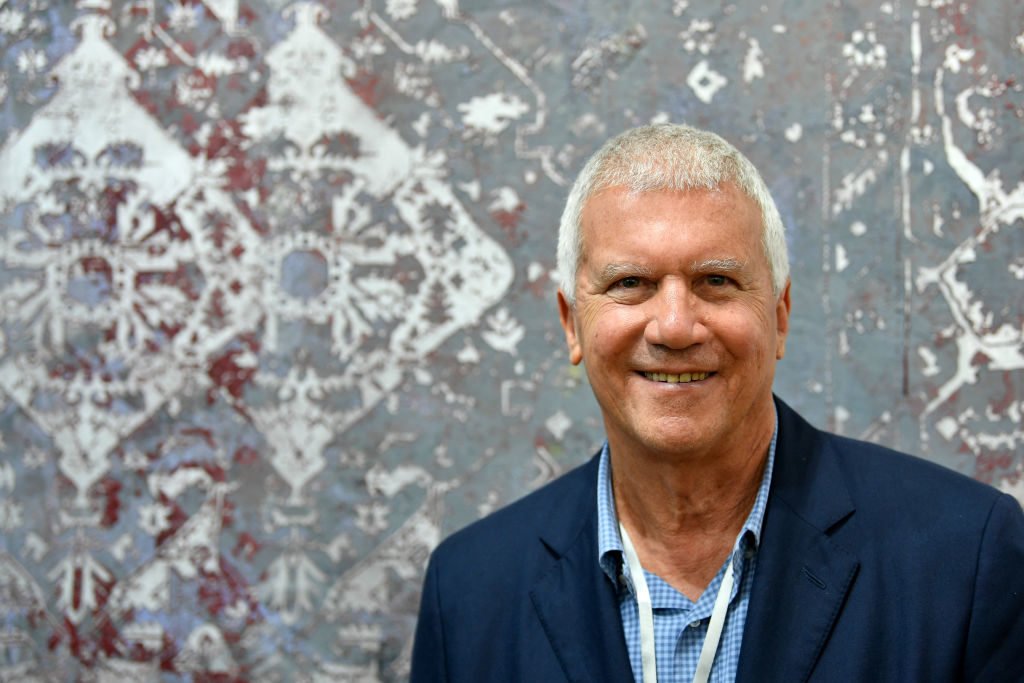
Larry Gagosian. Photo by Harold Cunningham/Getty Images.
This process is more complicated than ever. The evolution of the art market away from the resale of Old Masters and toward the primary market for contemporary art is likely to make it even more difficult for galleries to survive multiple generations. Many legacy secondary market businesses rely on skills that are easier to pass on, such as connoisseurship and the ability to carefully document provenance.
In the primary market, on the other hand, “success comes from building a strong and loyal client base, fostering artist relations, and the perception of fair dealing for client and artist alike,” says Inge Reist, director emerita of the Frick Collection’s Center for the History of Collecting. At the core of this are professional, but also highly personal, relationships.
The biggest problem, according to Ellis, is that “most people think about it too late. No one wants to think about their own demise, personal or professional, so suddenly, in the last five years of their business life, people start scurrying around trying to pass their relationships on.” Succession planning, he says, has to start early: at least 10 years before a founder intends to step aside.
Whether or not someone like Gagosian has left his plans too late, he has succeeded in establishing an international brand: something most galleries can’t or won’t do. Building a brand, according to most business advisors, is fundamental to creating a business that can be sold or passed on.

Jeff Koons, Lucas Zwirner, and Luke Syson (left to right) recording the first episode of David Zwirner’s podcast, Dialogues. Image courtesy of David Zwirner.
Gagosian opened his first gallery in Los Angeles in 1980. Now, he has 16. He represents 86 artists and estates. And while Gagosian Gallery’s turnover is confidential, it is one of the few that has not disputed the often-repeated figures produced by Forbes in 2012 (which provided no information on methodology) of close to $1 billion.
Perhaps more importantly, his is one of the few art business names, along with Christie’s and Sotheby’s, that many educated people outside the art world have heard of. This in itself confers value and potential longevity. “More than Hauser & Wirth or Zwirner, Larry has created a luxury brand, beyond anything I’ve seen,” says the art advisor Lisa Schiff. “It’s totally new territory.” But, she adds “so much of it hinges on him. I don’t know who would be able to step into his shoes.” (Crucially, he also doesn’t have much written down: according to a 2016 Wall Street Journal profile, Gagosian doesn’t use a computer and relies on assistants to send his emails.)
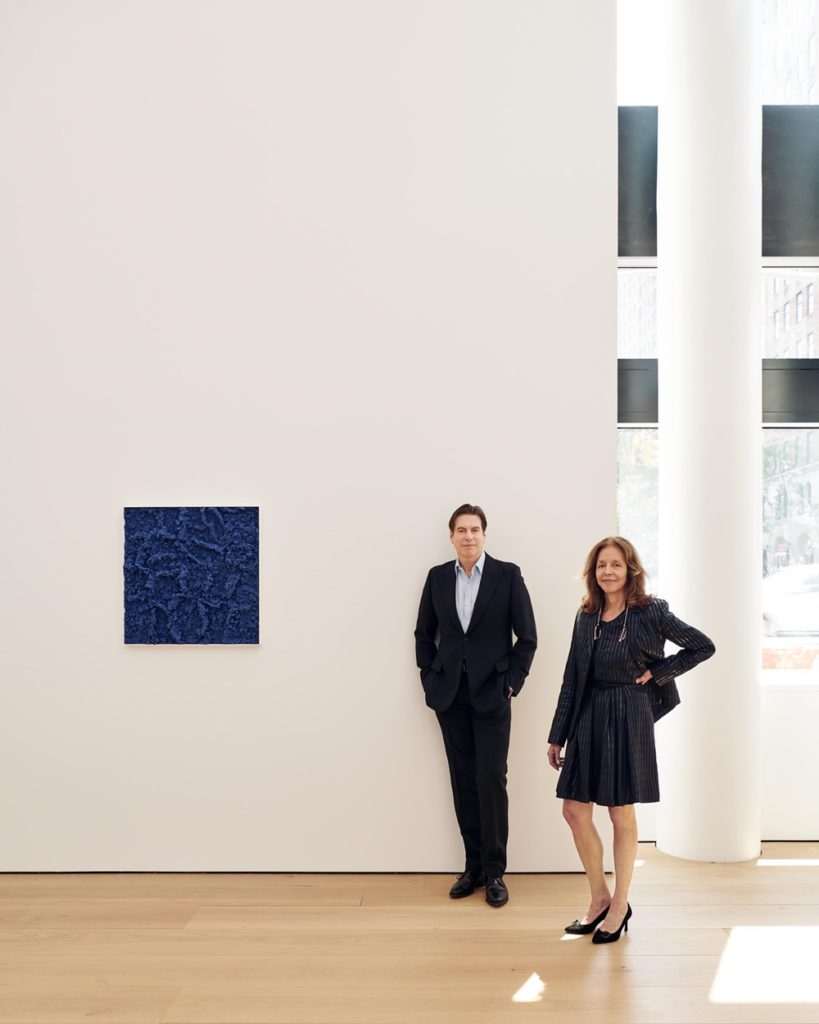
David Maupin and Rachel Lehmann. Photo: Jason Schmidt. Courtesy of Lehmann Maupin, New York, Hong Kong, and Seoul.
Other galleries also understand the value of branding. Rachel Lehmann, who co-founded Lehmann Maupin in 1996, tells artnet News: “I don’t think you can speak about growing a business without using the term ‘brand.’” The gallery opened a new 8,500-square-foot flagship gallery in Chelsea in September. It also has spaces in Hong Kong (opened in 2013) and Seoul (in 2017) and will open a London base in the new Cromwell Place shared exhibition space next year.
Lehmann’s co-founder David Maupin says the brand is centered on the gallery’s group of diverse, largely multimedia artists. The gallery has been strengthening the management team with a view to future survival. “Things are changing here, we realize that the evolution of our gallery is as much about the progression of our staff,” Maupin says. “We’ve built a shared culture and set of values, and I think that is what will make it possible for the gallery to continue.”
“Branding is one of the aspects that allows an entity to live on past its founder,” says Suki Larson, a management consultant who has advised a number of leading galleries. “But it’s a notion the art world fights against—they like to think they are unlike other industries.”
If most galleries shy away—publicly at least—from being considered brands, they are much more comfortable with the idea of “family business.” Secondary market galleries including Agnews and Acquavella have been passed down through generations. The question now is whether the primary market can follow suit.
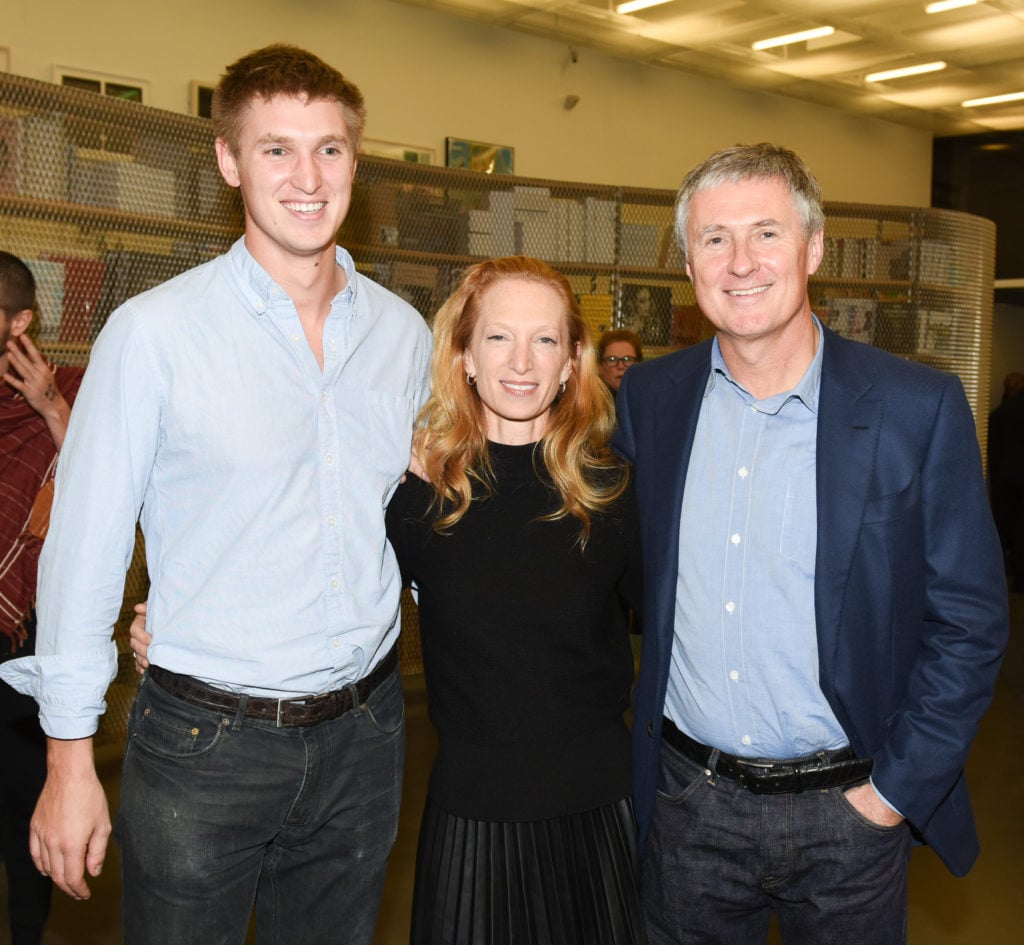
Lucas Zwirner, Monica Zwirner, and David Zwirner at New Museum opening celebrating “Raymond Pettibon: A Pen of All Work.” Courtesy of BFA.
A number of dealers now appear to be grooming heirs. Twenty-seven-year-old Lucas Zwirner, son of mega-gallerist David Zwirner, is tipped to take over at some point. Alex Logsdail, son of Lisson Gallery’s Nicholas, joined the firm in 2009 and runs its New York Gallery. Sean Kelly’s daughter Lauren and his son Thomas are among four newly named partners in the gallery, while Max Hetzler’s son opened the Berlin- and Paris-based gallery’s new London space. Paul de Froment, the son of Almine Ruiz-Picasso (née Rech), founder of the London, Paris, Brussels and New York-based Almine Rech gallery, has also joined his mother’s firm.
Even Iwan Wirth describes Hauser & Wirth, which he started in 1992, as “a family business,” a remark that might surprise some. “Brand sounds too corporate, the auction houses are brands,” Wirth told artnet News, though he concedes “there is an ethos, a DNA” to the gallery’s identity.
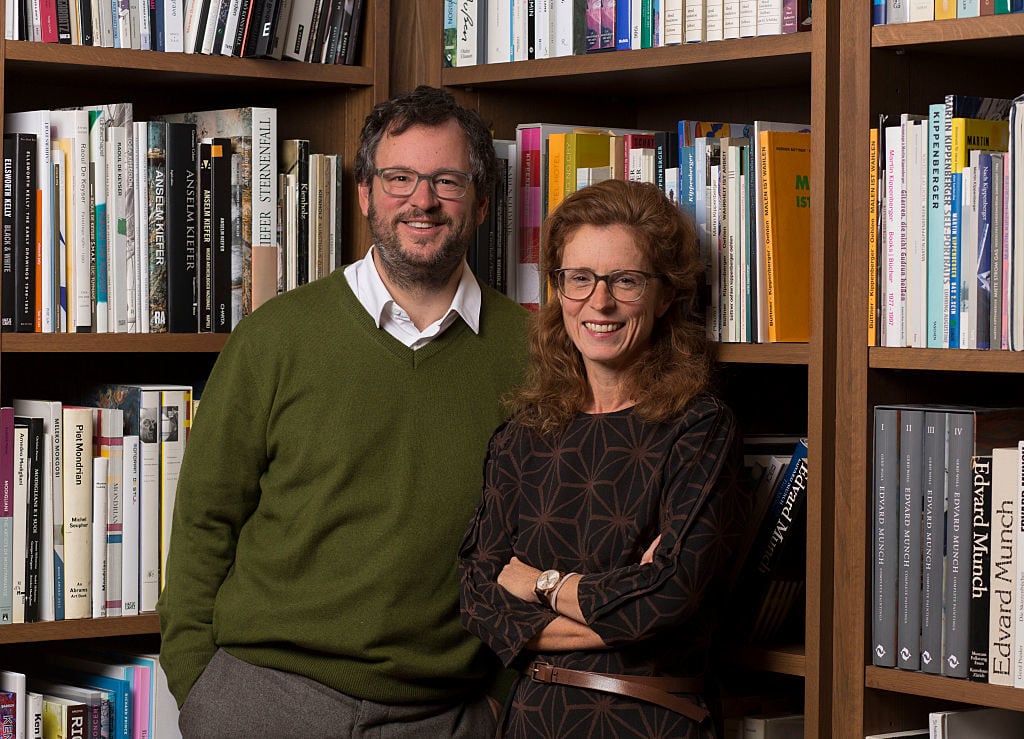
Iwan Wirth and Manuela Wirth pose for a photo at Hauser & Wirth London, Savile Row on October 20, 2015 in London, England. Photo by John Phillips/Getty Images for Hauser & Wirth.
Hauser & Wirth began as a single space in Zurich with financial backing from the retail magnate and art collector Ursula Hauser. Now, the business—which Wirth runs with Hauser’s daughter (and since 1996, his wife) Manuela—has grown to nine galleries in eight locations, with a staff more than 250 looking after 78 artists and estates. It continues to expand into new fields: a hotel in Scotland opened last month, then there are restaurants, a publishing operation, a gift shop selling artists’ licensed goods, and a new research institute.
Responsibility for the future, Wirth notes, “recently dawned on us. We were buying property, signing 20-year leases on spaces, then there’s 250 people [working in the company] but, with the artists and their studios, maybe 10 times that. Ten years ago, I would have said the business wouldn’t go beyond us, but we’ve got four children and they are interested, so maybe the business we’ve built will survive to another generation.”
However, children taking over for their parents “should be warned,” says Marc Glimcher. He joined his father’s gallery Pace in 1985, when he was 22. “It’s a very long process. First you have to navigate the complexities of working with one’s parent, and then working with a very established, accomplished team,” he says. “You have to have the confidence and the desire to reach the level where everyone who has been there longer than you is happy to have you as their boss. It has to be earned twice, really, you’re going to wear out a few psychiatrists in the process—it’s not easy.”

Arne Glimcher, (Photo by Gary Gershoff/WireImage) and Marc Glimcher, Photograph by Kris Graves. Courtesy Pace Gallery.
He says he finally took the reins of the gallery—which has now expanded to 10 galleries in seven cities—in 2011. That is, in effect, a 26-year apprenticeship. Along the way, one has to be interested in learning the management skills needed to grow an established business, he says. “At this point, either you figure out how to create a true institutional system for your team or you’re going to drown.”
Suki Larson, the management consultant, agrees. “In one sense, it doesn’t matter if it is an heir taking over or someone else. If the successor doesn’t have the drive and the leadership to keep it going, if they can’t obtain the artists and retain the clients, the business will fail,” she says. “But, in terms of institutionalizing a brand, having someone in the family with the same name over the door can help create a sense of continuity, it helps get over the mental hurdle of the founder being absent.”
There has been a big shift from the 1960s, when artist Dan Graham closed John Daniels Gallery, which he set up with two friends to show Minimalist art, after a year. Then, the sum total of the fallout was a dented ego and a short-term return to his parents’ New Jersey home. Today, the bigger galleries are substantial businesses, with hundreds of jobs and hundreds of millions of dollars at stake.
But outside the few large, rich galleries that are attempting to become brands, most of these institutions are deeply bound up with their founders’ visions. Lorenzo Fiaschi, one of three directors behind the San Gimignano, Les Moulins, Havana, and Beijing-based Galleria Continua, says: “We have children, but if there is succession, it has to be spontaneous. [It’s fine if] in the end, it remains an amazing adventure of three ragazzi [ragamuffins] from San Gimignano who started from nothing and did something beautiful.”
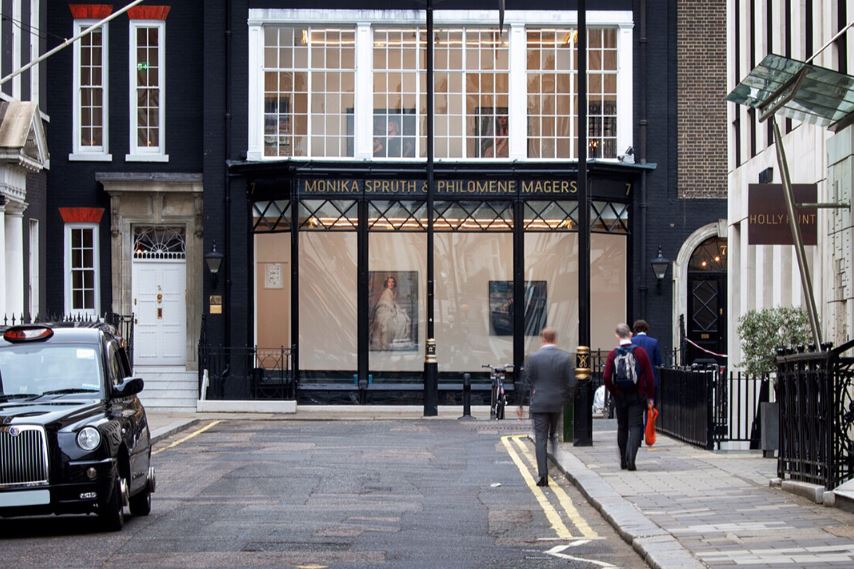
Sprueth Magers’ London Gallery.
Some go even further. Sprüth Magers’s history stretches back to the 1980s and today, it has galleries in Berlin, London, and Los Angeles and represents 66 artists and estates. Nevertheless, it has no ambitions to become a legacy institution. Co-founder Monika Sprüth tells artnet News: “A gallery is very connected to the people who run it, their understanding of art and their unique relation with the artists. A ‘real’ gallery cannot continue after the gallerist gives up the business. A gallery may continue as a trading place. But its essence is the relationship to the artists and this usually cannot be transferred to someone else.”
Adrian Ellis says this is still the ultimate conclusion for many creative businesses. “It could be that the energy—someone’s eye and judgement, their architectural skills, their choreography—is the business dynamic, and it may just not be possible to pass that on,” he says. “You might have to say that the arc of this adventure was the arc of this individual’s career, and when they go, it’s over.”
Additional research by Caroline Goldstein